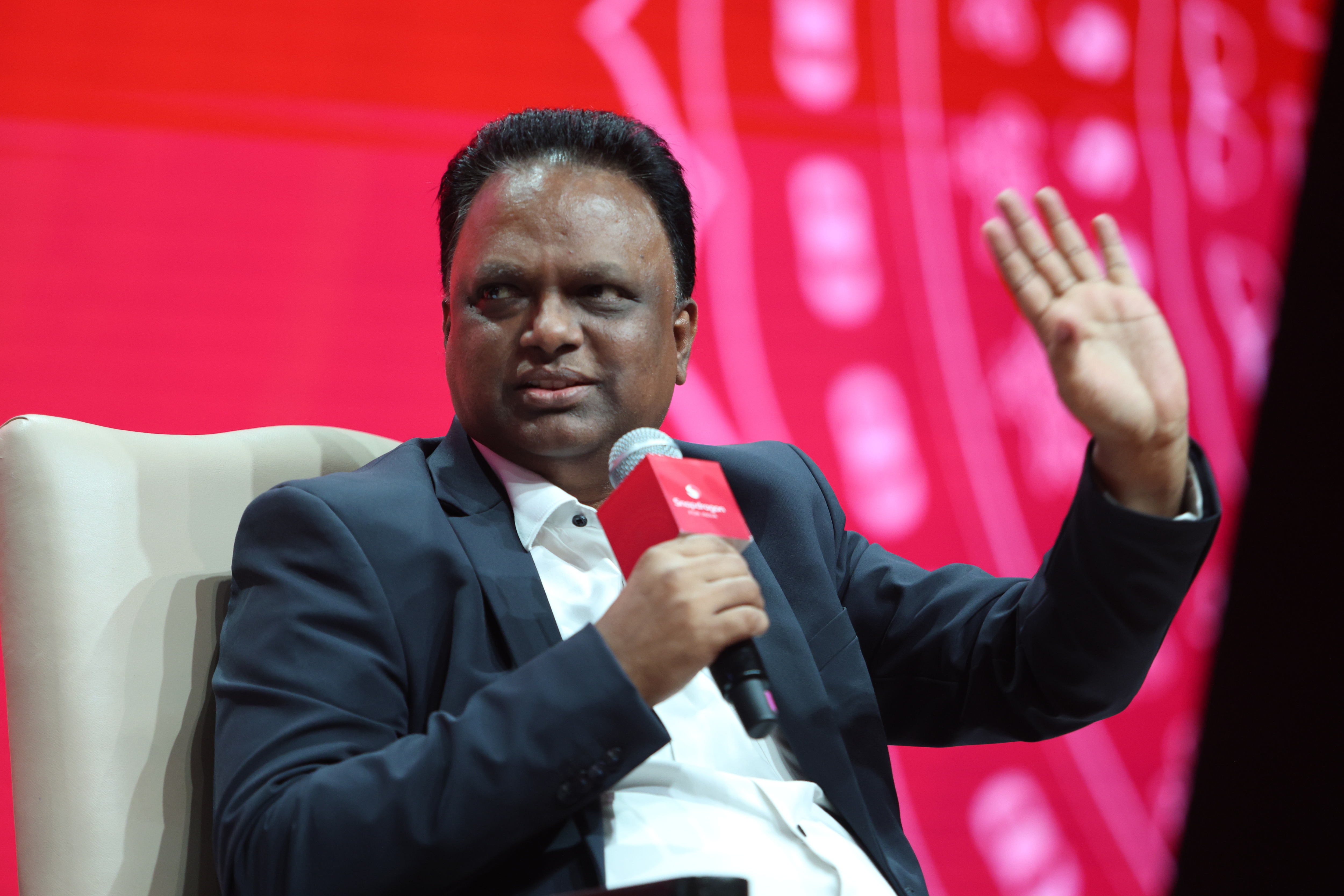As the world embraces software-defined vehicles (SDVs), India’s approach — influenced by platform convergence, affordability, and fast-tracked digitalization — is creating a unique space for innovation. Qualcomm, with its Snapdragon Digital Chassis, believes it is well positioned to serve both ends of this market: feature-rich vehicles at scale and premium platforms with compute-heavy systems.
Software-defined, India-calibrated
For Nakul Duggal, Group GM of Automotive and Industrial & Embedded IoT at Qualcomm Technologies, India’s EV growth story is more than a shift in propulsion. It’s a structural shift in how vehicles are being designed. “All new EV platforms in India today are inherently software-defined,” Duggal said. “The opportunity isn’t just in adoption — it’s in co-developing the platforms that power this shift.”
Also Read : Volkswagen to rely on Qualcomm chips for autonomous driving: Report
Indian OEMs, Tier-1 suppliers and startups are increasingly embracing central compute architectures that allow for flexible hardware integration, OTA updates, and lifecycle-based feature deployment. Qualcomm’s interaction with domestic players — from Mahindra to Maruti Suzuki, and from Royal Enfield to Uno Minda — speaks volumes about a commitment to customize its solutions for Indian applications.
Maruti Suzuki: Democratising the digital shift
One of the most significant validations of this approach is with Maruti Suzuki, and its transition toward digitalised platforms. According to Hisashi Takeuchi, MD & CEO, the company is committed to offering digital cockpit and connected solutions even in high-volume segments.
From the Baleno’s connected cluster, which marked the first use of Snapdragon platforms in a Maruti vehicle, to the upcoming eVitara, the company has deepened its collaboration with Qualcomm. The goal is clear: bring advanced features to the masses without diluting reliability or affordability. “Advanced safety and cockpit features can no longer be limited to premium cars. India’s buyers expect more, and we must deliver across segments,” said Takeuchi.
The transition, he added, is not just about technology, but also collaborative scale — working with players like Qualcomm to ensure components, software, and feature sets align with local market requirements and production volumes.

Mahindra: Engineering around the chips
If Maruti offers volume-based validation, Mahindra brings a sharp engineering lens to the Qualcomm story. According to Velusamy R, President of Automotive Technology & Product Development at Mahindra, the company’s work on the XUV700 and the INGLO-based BEVs like the BE 6 and the XEV 9e reflects a shift from vehicle-first design to chip-first architecture. “ADAS calibration in India cannot be copy-pasted from Europe or the US. You have to build for regional variation — from Himachal to Tamil Nadu,” Velusamy said.
He noted how Qualcomm’s compute platforms, specifically the Snapdragon 8295, are enabling Mahindra to offer scalable feature sets, from 360-degree vision to multi-screen cockpits. “It’s no longer just about features. It’s about integrating intelligence,” he added.
Mahindra is also collaborating with Qualcomm on zonal architecture, enabling modular software upgrades without disrupting hardware. This is critical for Indian OEMs seeking long-term flexibility in a cost-sensitive environment.
From two-wheelers to V2X: A broader playbook
India’s mobility tale isn’t just limited to passenger cars. Duggal highlighted Qualcomm’s growing focus on two-wheelers, especially through partnerships with players like Royal Enfield, which is deploying bike-to-cloud platforms for diagnostics, tracking, and remote upgrades.
There’s also growing momentum in V2X (Vehicle-to-Everything) infrastructure. Qualcomm is engaging with regulatory agencies and pilot projects to introduce non-line-of-sight communication, enabling alerts and safety protocols in dense traffic or low-visibility scenarios — particularly relevant in Indian urban and semi-urban environments.
“We see informational safety for two-wheelers as the next frontier,” Duggal noted, pointing to the importance of low-latency edge compute and camera-based Rider assistance in the Indian context.
From silicon to systems integration
Beyond hardware, Qualcomm is now positioning itself as a systems enabler. With offerings like the Snapdragon Car-to-Cloud platform, the company enables lifecycle management — diagnostics, infotainment updates, and in some cases, predictive maintenance models.

According to Savi Soin, President of Qualcomm India, this shift reflects a larger repositioning of India within the company’s global strategy. “India is not just about scale. It’s about design thinking and contextual engineering,” said Soin. He added that Qualcomm’s four India R&D centers — in Noida, Hyderabad, Chennai and Bengaluru — are working directly on automotive projects destined for both domestic and global markets.
India’s engineering depth, global reach
Qualcomm’s growing role in India is not limited to local adaptation. Increasingly, the country is becoming a core engine of Qualcomm’s global automotive development. With over 22,000 engineers based in India out of 5,000 are dedicated for the automotive side, and four major R&D centres in Noida, Hyderabad, Bengaluru, and Chennai, the automotive engineering teams here are contributing to core global platforms — from ADAS algorithms to cockpit UI/UX, V2X stacks, and cloud-based diagnostics. “Our teams in India are not just customizing solutions for Indian roads — they are building global software-defined vehicle capabilities,” said Soin.
For instance, India-based engineers have played a critical role in Qualcomm’s Snapdragon Ride development, tuning safety stacks for L2+/L3 autonomy, and helping design new modular platforms that are now being scaled in Europe and North America. The flexible SoC architecture that allows for cockpit and ADAS convergence — a key value proposition for OEMs worldwide — was shaped significantly in Qualcomm India’s labs.
Also Read : BMW partners with Qualcomm to develop automated driving software solutions
This reverse flow of innovation — solving for India first and scaling globally — is now central to Qualcomm’s mobility strategy.
Looking ahead: The EV-SDV crossover
What Snapdragon Auto Day underscored is that India’s auto industry is embracing SDVs not as an aspirational shift, but as a foundational necessity — driven by EV architectures, cost pressures, and consumer demand for digital-first experiences.
And while Qualcomm’s digital chassis isn’t the only platform in the game, its flexible silicon, open software stack, and local co-development model make it a compelling fit for India’s high-volume, high-variance market. “This isn’t about pushing products. It’s about enabling an ecosystem,” Duggal said.
Get insights into Upcoming Cars In India, Electric Vehicles, Upcoming Bikes in India and cutting-edge technology transforming the automotive landscape.
First Published Date: 31 Jul 2025, 09:00 am IST







